Received in late July 2013 via Postcrossing private swap. Thanks Yachne! :)
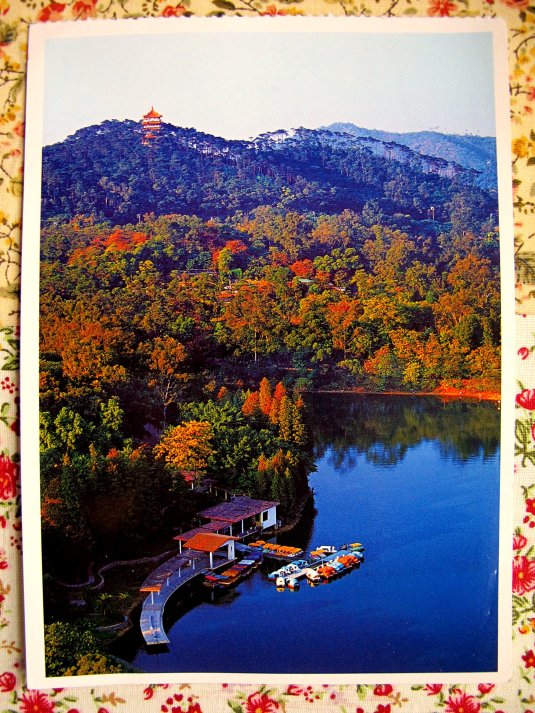
白雲山 Baiyun Shan, Baiyun Mountain, or Mount Baiyun is a mountain near Guangzhou, the capital of Guangdong province in China officially part of the Baiyunshan Resort along with Luhu Park, Yuntai Garden, Mingchungu Scenic Area, Monxinling Scenic Area, Mingzhulou Scenic Area, Yunxi Ecological Park, and Baiyun Sculpture Park.
The name of the mountain derives from the view of peaks shrouded by white clouds in late Spring or when the sky clears after rain. Baiyun Mountain has been a scenic spot since ancient times.
The fame of the mountain dates back before the city of Guangzhou was established, when it was occasionally visited by celebrities of as early as the Warring States period (476 BC–221 BC). It had become known for its beauty in Jin Dynasty (265–420) and reputed as a tourist attraction in Tang Dynasty (618–897).
Numerous scenes on Baiyun Mountain have been named in the Eight Sights of Guangzhou (Chinese: 羊城八景) of various eras since the Song Dynasty (960–1279). Historically, Baiyun Mountain had an abundance of scenic spots and historical sites, but few of them have survived till modern days.
Over the course of history, Baiyun Mountain have earned the titles of “Top Beauty of Guangzhou” (Chinese: 羊城第一秀) and “First Mountain of Lingnan” (Chinese: 嶺南第一名山).
(Thanks Wikipedia!)
A lovely stamp of 雪豹 Snow leopard!

1. The snow leopard (Panthera uncia or Uncia uncia) is a moderately large cat native to the mountain ranges of Central Asia.
2. The snow leopard is listed on the IUCN Red List of Threatened Species as globally Endangered (EN).
3. Snow leopards occupy alpine and subalpine areas generally 3,350 to 6,700 metres (10,990 to 22,000 ft) above sea level in Central Asia.
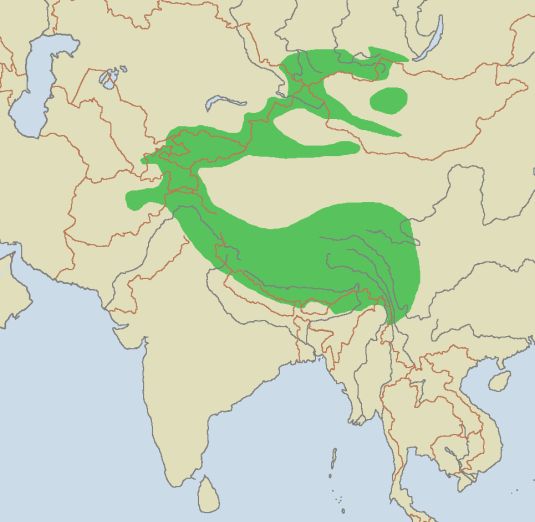
4. The global snow leopard effective population size (those likely to reproduce) is suspected to be fewer than 2,500 (50% of the total population, or 2,040–3,295).
They look so cool! >_<
Snow leopards are slightly smaller than the other big cats but, like them, exhibit a range of sizes, generally weighing between 27 and 55 kg (60 and 120 lb), with an occasional large male reaching 75 kg (170 lb) and small female of under 25 kg (55 lb).
They have a relatively short body, measuring in length from the head to the base of the tail 75 to 130 cm (30 to 50 in). However, the tail is quite long, at 80 to 100 cm (31 to 39 in), with only the domestic-cat-sized marbled cat being relatively longer-tailed. They are stocky and short-legged big cats, standing about 60 cm (24 in) at the shoulder.
Snow leopards have long, thick fur, and their base colour varies from smoky gray to yellowish tan, with whitish underparts. They have dark grey to black open rosettes on their bodies, with small spots of the same color on their heads and larger spots on their legs and tails. Unusually among cats, their eyes are pale green or grey in colour.
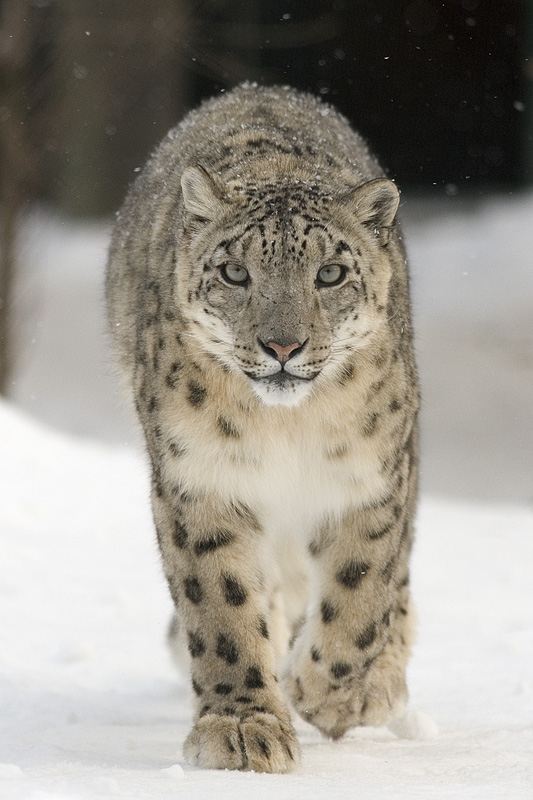
Snow leopards show several adaptations for living in a cold, mountainous environment. Their bodies are stocky, their fur is thick, and their ears are small and rounded, all of which help to minimize heat loss. Their paws are wide, which distributes their weight better for walking on snow, and have fur on their undersides to increase their grip on steep and unstable surfaces; it also helps to minimize heat loss. Snow leopards’ tails are long and flexible, helping them to maintain their balance, which is very important in the rocky terrain they inhabit. Their tails are also very thick due to storage of fat and are very thickly covered with fur which allows them to be used like a blanket to protect their faces when asleep.
The snow leopard has a short muzzle and domed forehead, containing unusually large nasal cavities that help the animal breathe the thin, cold air of their mountainous environment.
The snow leopard cannot roar, despite possessing partial ossification of the hyoid bone. This partial ossification was previously thought to be essential for allowing the big cats to roar, but new studies show the ability to roar is due to other morphological features, especially of the larynx, which are absent in the snow leopard. Snow leopard vocalizations include hisses, chuffing, mews, growls, and wailing.
(Thanks Wikipedia!)
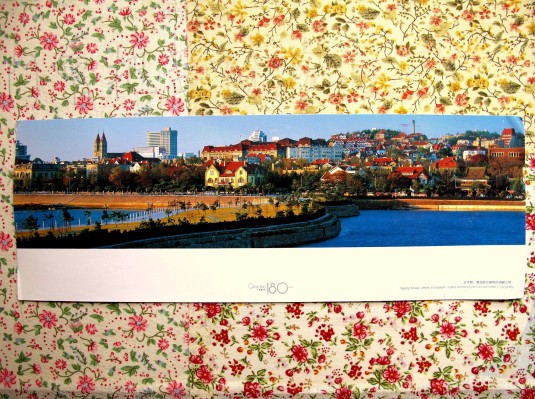

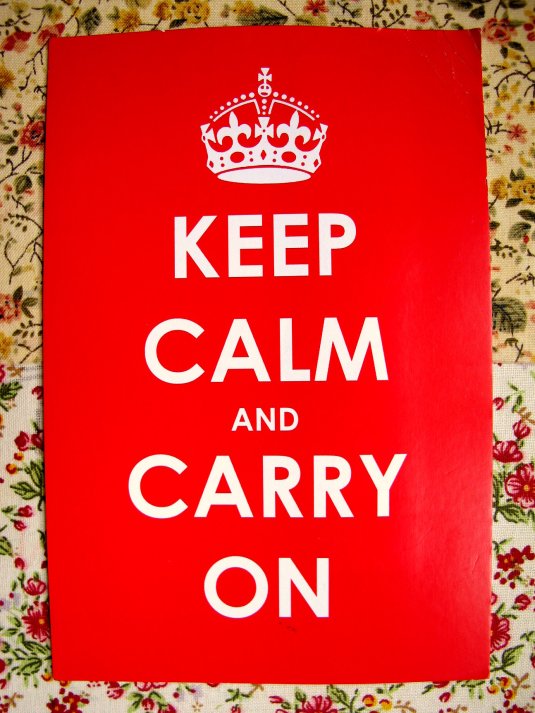



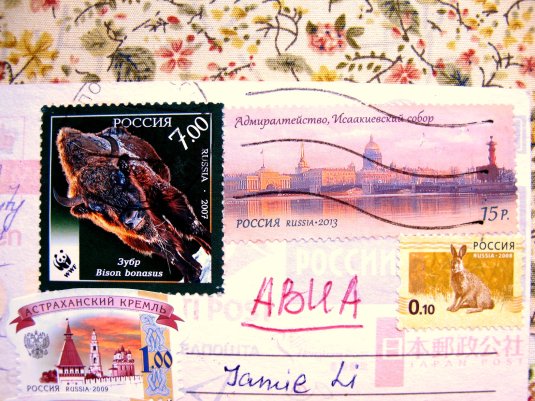




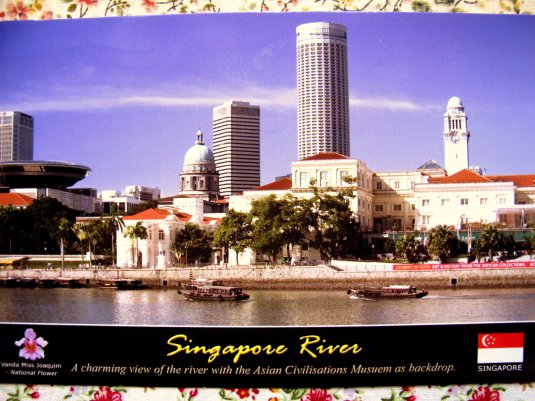

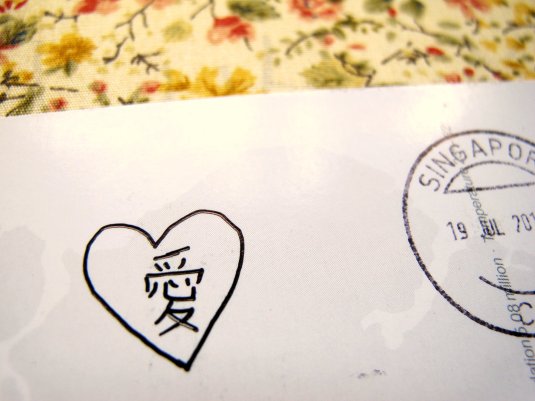
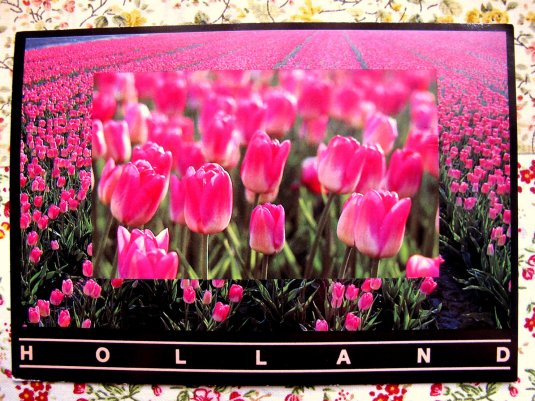
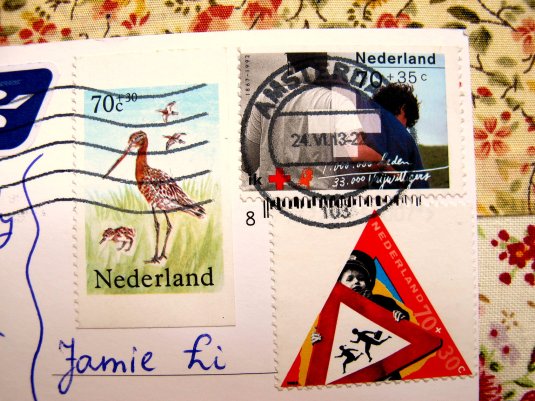
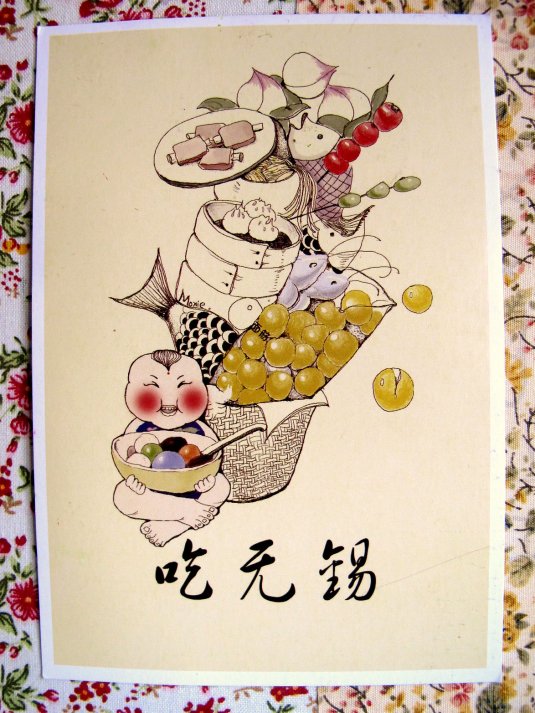

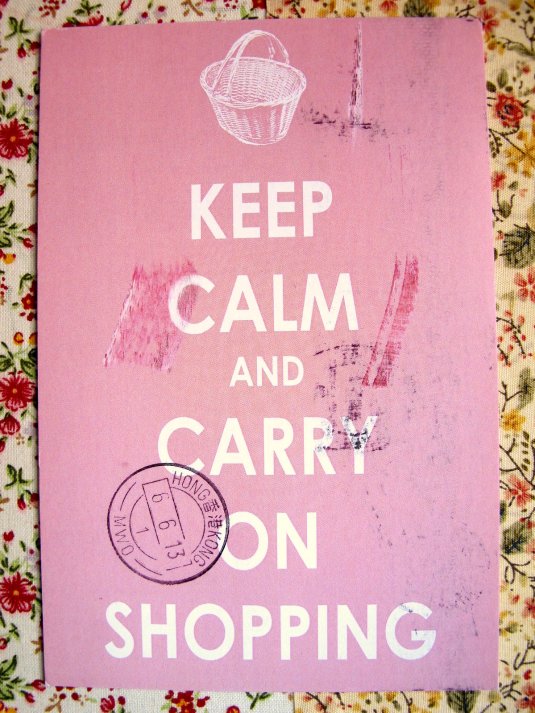
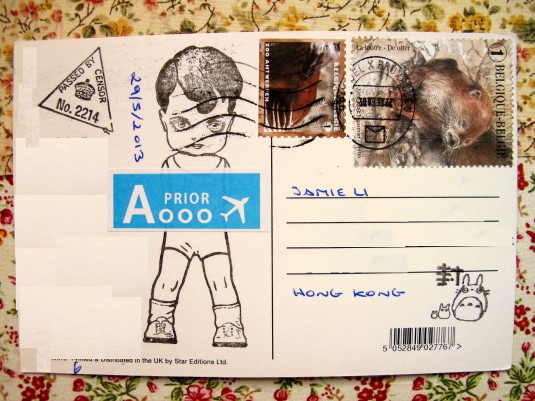

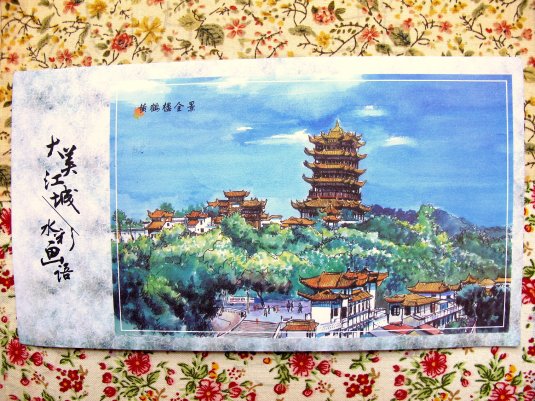
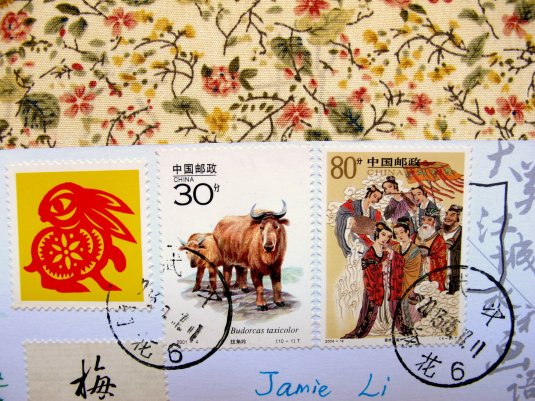

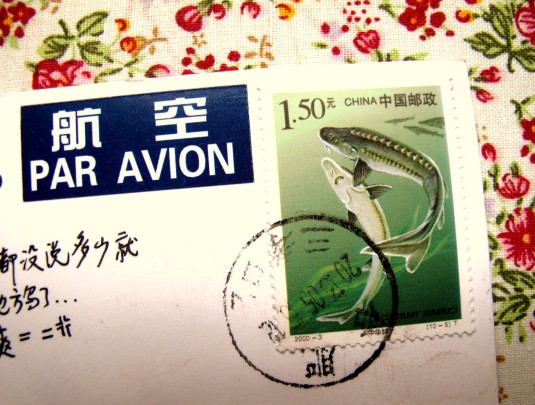
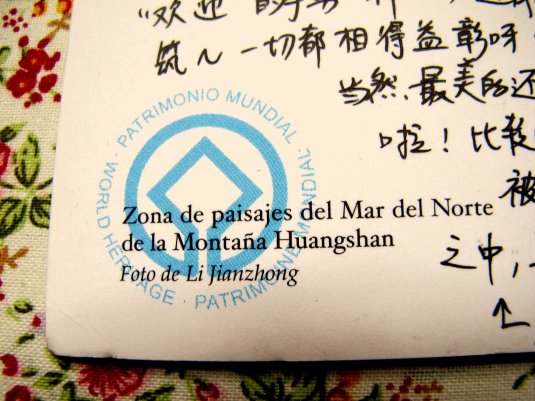
You must be logged in to post a comment.